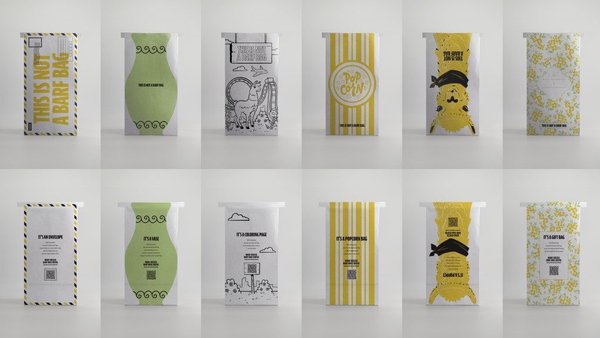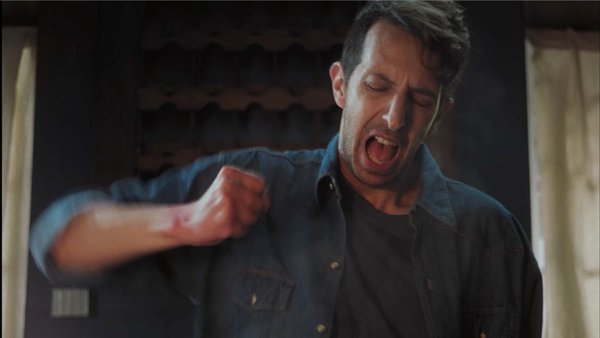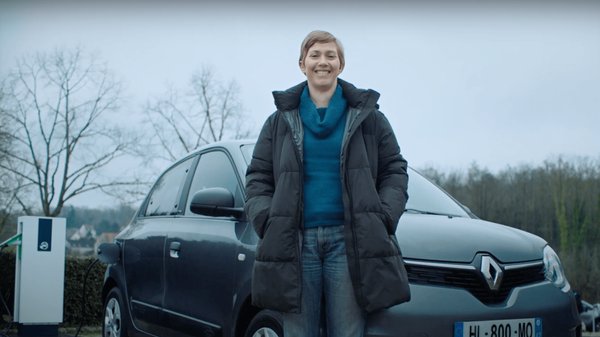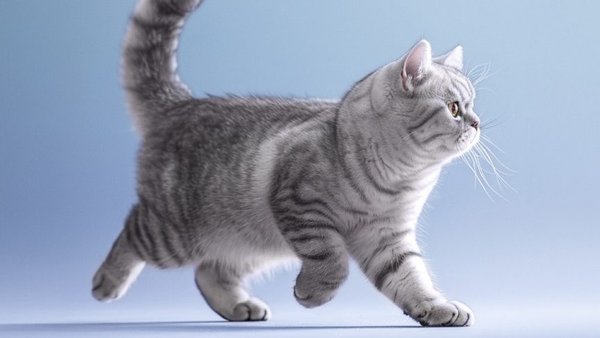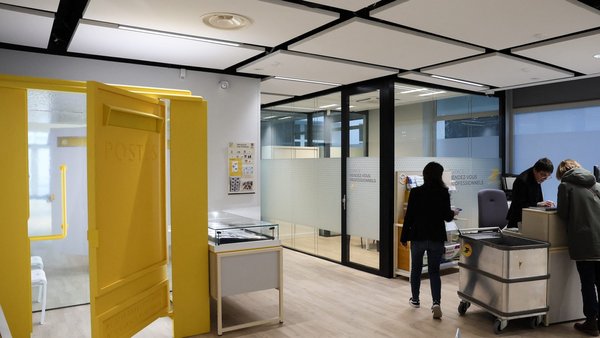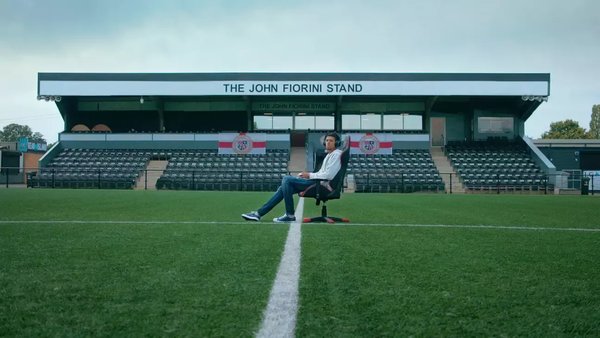Campaign of the Week
Nike harnesses star athletes for lockdown home fitness challenge /
Sports brand challenges Instagram users to keep up with the pros in lockdown with home fitness campaign
Contagious I/O
/
This article was first published on Contagious I/O, our online intelligence tool. To find out more click here.
Nike-sponsored athletes are posting weekly home workout challenges on Instagram to help keep people fit and engaged with the brand during the coronavirus lockdown.
Footballer Cristiano Ronaldo kicked off Nike’s Living Room Cup on 5 April, posting an Instagram video of himself at home completing 142 ‘core crusher’ sit ups in 45 seconds and challenging Instagram users to beat him.
In week two, fencer Bebe Vio posted a video of herself completing 20 ‘full-body finisher’ exercises in 45 seconds and then telling viewers to show her what they’ve got.

Nike is inviting Instagram users to upload videos of themselves responding to the athletes’ challenges using the #livingroomcup and #playinside hashtags. At the time of writing, the dedicated Living Room Cup Instagram account had only 1,111 followers. To put that into perspective, Nike’s main Instagram account has 107 million followers.
The Living Room Cup started shortly after Nike launched its Play for the World campaign, calling on sport enthusiasts to ‘play inside, play for the world’ to help stem the spread of Covid-19.

Nike and agency Wieden+Kennedy then followed its social media poster with a 60-second online spot called You Can’t Stop Us, starring celebrity athletes LeBron James, Ramla Ali and Sara Hughes, among others. The film shows people working out in their homes as football pitches and sports stadiums lie empty. The text in the ad reads: ‘We may not be playing together. We may not be playing for our countries yet. We may not be playing for giant crowds. But today we’re playing for 7.8 billion people.’
To further encourage people to keep active during lockdown, the sportswear brand has also made some video workouts from its Nike Training Club premium subscription service free to access in the US and is leading free, live-streamed workouts on its Youtube channel.
At the beginning of April Nike announced that it had committed more than $17m to Covid-19 response efforts around the world. The brand is also transforming materials and parts originally destined for shoes and apparel (including Nike Air soles) into personal protective equipment like face shields and air-purifying respirator lenses.
Contagious Insight /
Stay in your lane / While other brands took flak for making ads to encourage social distancing during the coronavirus lockdown, Nike’s ‘play inside, play for the world’ message was largely well received.
One reason for this discrepancy was that other attempts, such as McDonald’s separated Golden Arches, were over-styled, shifting the focus to the brand’s own creativity and sparking suspicions of awards-grubbing.
Nike focused on the message and kept it relevant to the brand by telling people to play sport at home, rather than making a plea for social distancing more generally.
Borrowed interest / The Living Room Cup leverages Nike’s connections with top-flight athletes to offer people an enticing challenge: they may not be able to compete with Ronaldo at football, but there’s a chance they could one-up the global sports personality in a sit-up competition. It also allows the brand to reach the athletes’ large social media following (Ronaldo has 213 million followers on Instagram, for instance).
Pandemic Fitness / In the first two weeks of lockdown in the UK, 60% of people in the country said that they exercised less than usual, according to an Institute for Employment Studies survey.
But while exercise might be taking a hit overall during lockdown (if these survey results can be extrapolated across different countries), it is also true that the number of people looking for ways to stay active at home has soared.
Searches for home-exercise videos on YouTube increased 200% in the UK in March, compared with the averages for January and February. And ‘Body Coach’ Joe Wicks broke a Guinness World Record late last month when 955,158 people tuned into his live workout session on YouTube.
Nike itself got an early glimpse of this trend during China’s coronavirus shutdown, when user activity on its personal training apps increased 80%.
Nike’s home exercise campaigns not only meet a demand, they frame the brand as a helpful one, offering practical solutions that reinforce its core message that everyone is an athlete.
Just as importantly, these measures also keep Nike relevant and top-of-mind at a time when traditional sport has been put on hold, robbing the brand of its prime marketing medium. Nike, for instance, was a sponsor of the postponed Tokyo Olympics, a fact that it nods to in the You Can’t Stop Us spot with the line ‘We may not be playing for our countries yet.’
By encouraging home workouts, Nike is doing more than just engaging with its fans, the secondary benefit is that giving them a reason to buy sports gear even if they can’t get to the gym or to a sports store. It’s notable that when the virus first hit in China and Nike had to close stores, the brand saw online sales in the country rise by 30%. Initiatives like the Living Room Cup, where amateur athletes are encouraged to share their workouts on social media, motivate people to work out in clothes that they will want to be seen in, at least on social media, if not in front of people out in the world.
Recession-proof / Numerous studies have shown brands that continue to advertise through a recession recover better than those that don’t. In this article, the Ehrenberg-Bass Institute cites a 2003 longitudinal analysis that showed firms that ‘increased advertising spend during a recession did slightly better than firms who increased advertising spend during other times.’
The advantage appears to lie in brands maintaining (or increasing) share of voice when competitors choose or are forced to withdraw from advertising.
Nike’s efforts here are directed towards earned media, not advertising, but they are potentially effective for the same reasons. As so many other sports brands sit on the bench waiting for normal play to resume, Nike has the field almost to itself.
This article was first published on Contagious I/O, our online intelligence tool. To find out more click here.
Want more of the same? /
We don’t just write about best-in-class campaigns, interviews and trends. Our Members also receive access to briefings, online training, webinars, live events and much more.
